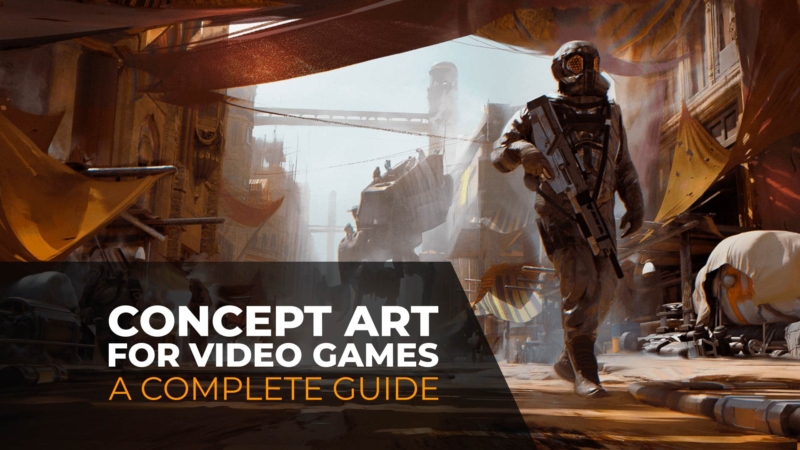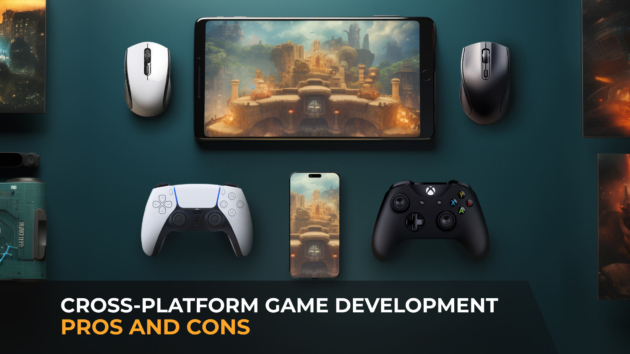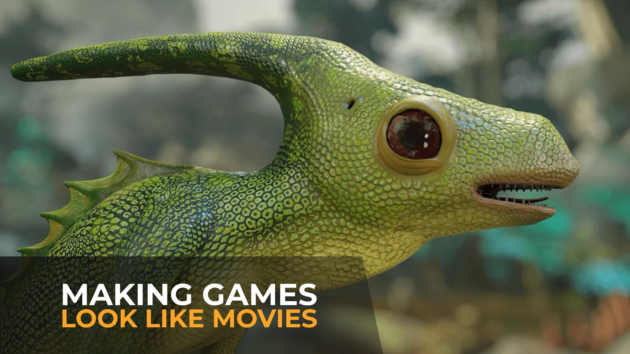When it comes to video games, judging by cover is the first thing we all do. We watch a trailer and check images that form an emotional foundation. So graphics is the main visual tool for conveying the essence of the gameplay. But the game art style creates the right perception.
Concept art establishes the look and feel of the game by transforming an abstract idea into a well-thought-out design. Without it, a game could feel unpolished and incomplete to even the most casual gamer.
This article takes a closer look at gaming concept art as a discipline and explains why it is so crucial to the success of your project.
An Overview of Video Game Concept Art
Game development requires setting the tone and style to communicate the game’s vision to the audience. This becomes possible with concept art, the first stage of the creative process in which artists take an idea and create its visual representation.
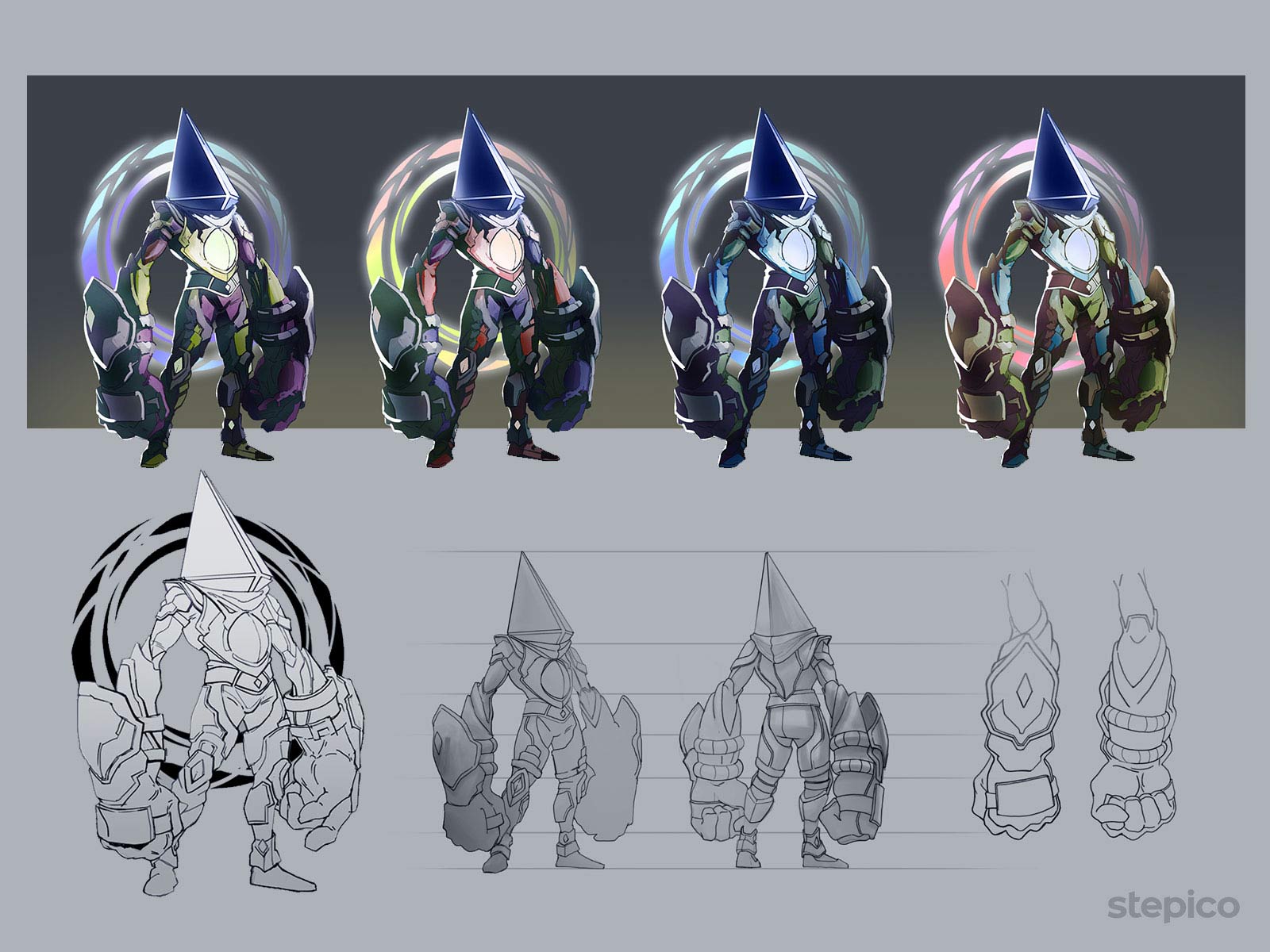
Creating concept art in games starts with raw sketches that help designers choose between different versions and settle upon the most promising piece during the pre-development stage. The selected sketch is then sent to the production for further enhancements and approval. Your ultimate task here is to engage an experienced team of concept artists in your project that can contribute to your game vision.
Importance of video game concept art
Our favourite games wouldn’t exist as we know them without concept art. Being a vital stage of video game pre-production, it is crucial for:
Setting the tone
Visualize the game’s aesthetics early on to bring the concept to life. It also expresses the look and feel of the game through the prism of settings and characters.
Reference points
Design basic elements of the game, including weapons, costumes, or scenes. This provides the development team with references to build on during production.
Maintaining consistency
Create an engaging gaming experience involving well-thought-out character costumes and color schemes denoting different areas. Video game concept art helps to build a consistent style from the outset so designers and developers move in the right direction during production.
Presenting to stakeholders
Visualize how the game will look at the pre-production stage. Stakeholders involved in the project can make comments before the development stage begins.
Main Concept Art Styles
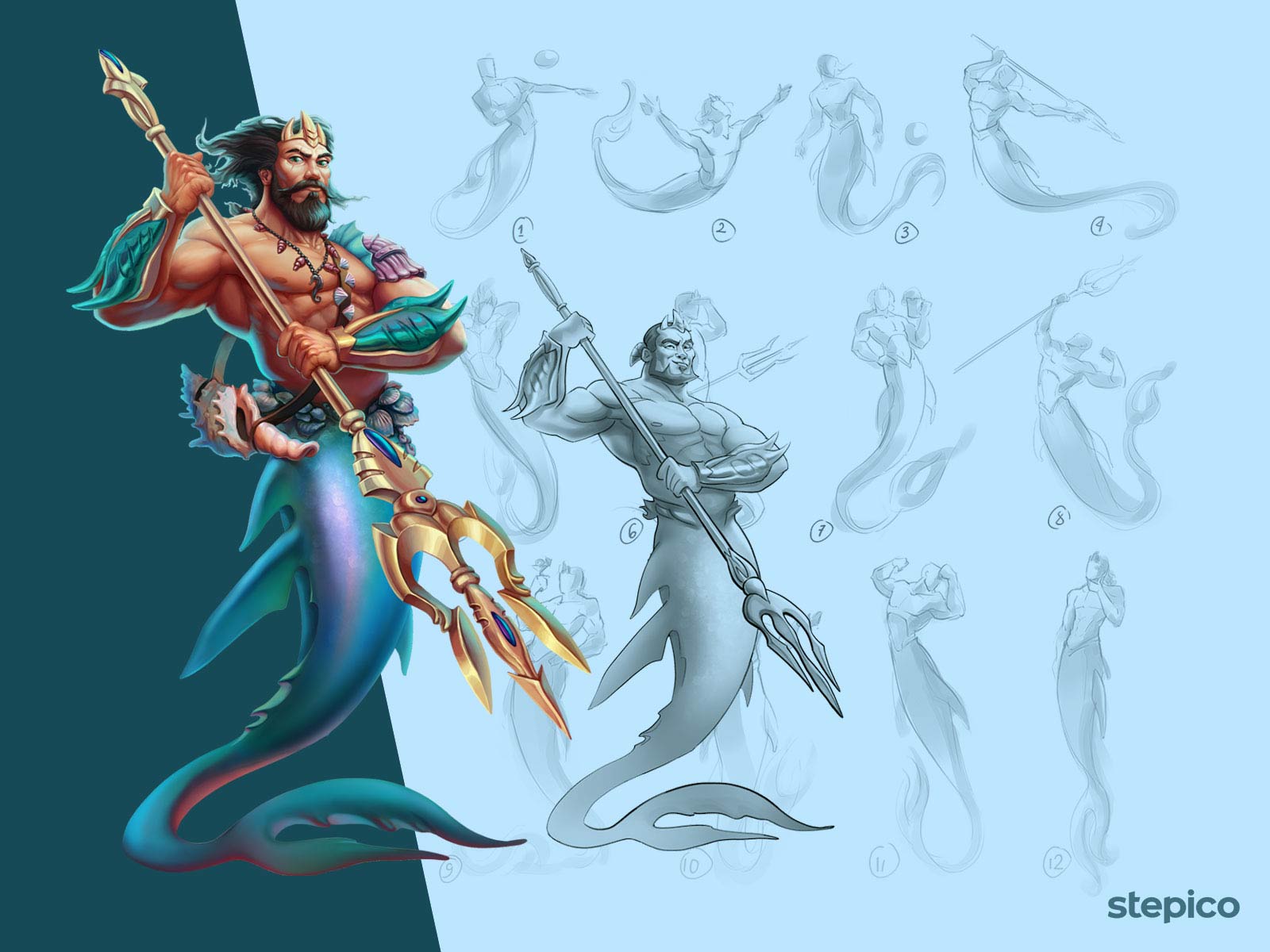
The video game industry is highly saturated, so game developers must adopt new strategies to stand out from the crowd. For instance, they may utilize three main concept game art styles. A variety of other styles originate from this trio. So we will focus on the basics here:
Abstract
This concept art style uses abstract shapes and forms in various combinations. It makes players guess the purpose of elements without providing them with any context. The functions are revealed once the player progresses within the game. As for the characters, they can be depicted as simple geometric figures like eclipses or triangles.
Stylized
This style draws inspiration from comic books and caricatures, which means exaggerated graphics. It often operates outside the boundaries of the real world, although it can also create quite realistic content.
Realistic
The most common art style that is widely used in high-ticket AAA and simulator games. Concept artists replicate characters, stories, and environments from real life as closely as possible. Generally, two main things make concept art realistic: game elements that are reminiscent of their real-life counterparts and the behavioral patterns of these objects that obey real-world physics.
Types of Video Game Concept Art
Each art form within game development is created by concept artists of separate specializations. There are several types of concept art for games, such as:
Character Concept Art
Character designers depict the game’s characters. They should know human anatomy and be familiar with physical traits. What do they look like? What kind of personality do they have? How do they behave within the gameplay environment?
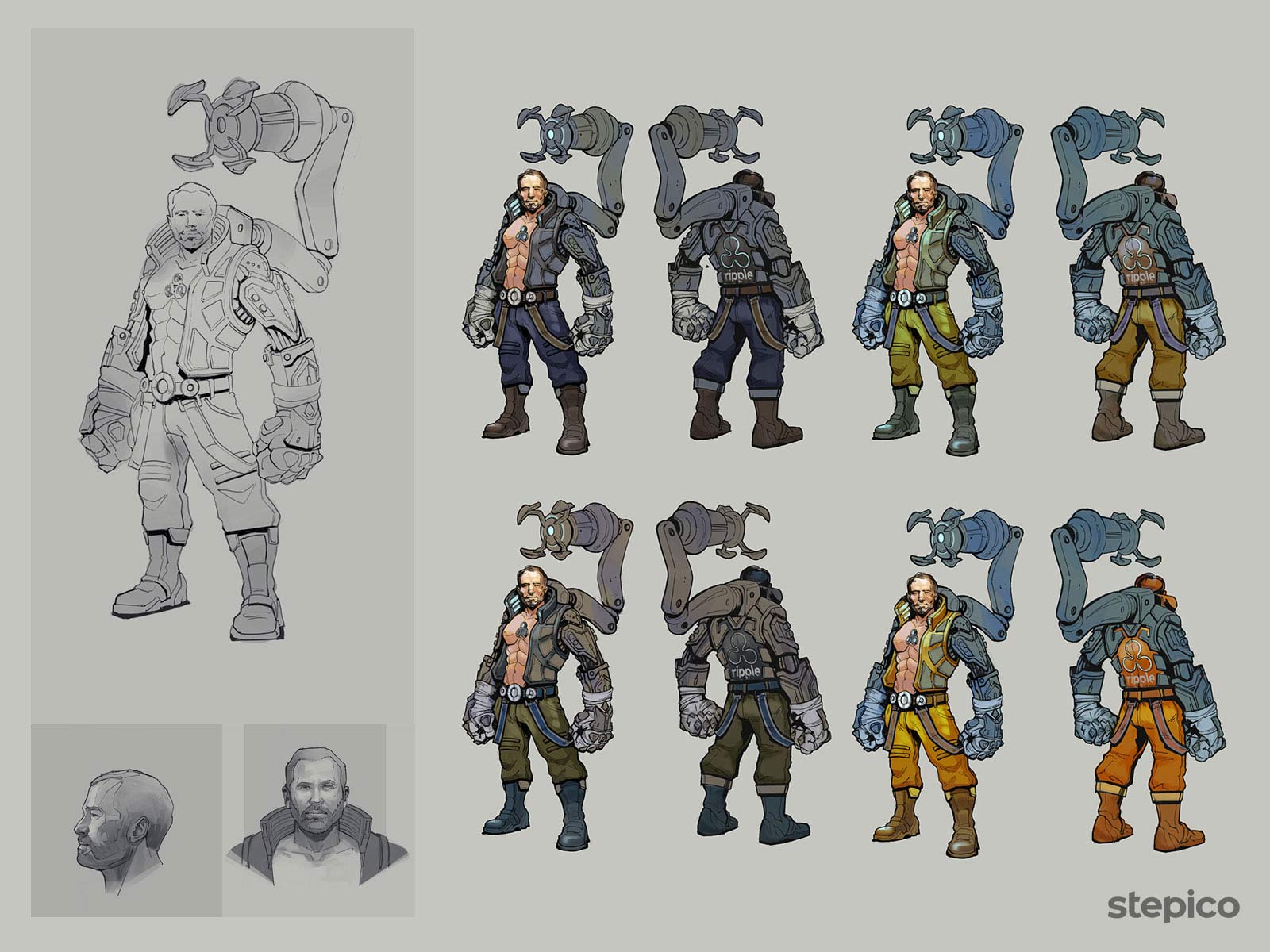
Environment Concept Art
Concept artists create a unique game setting so that the players have a little context of where they are before starting. Every single element within the scene should look believable and cohesive to be visually interesting to explore.
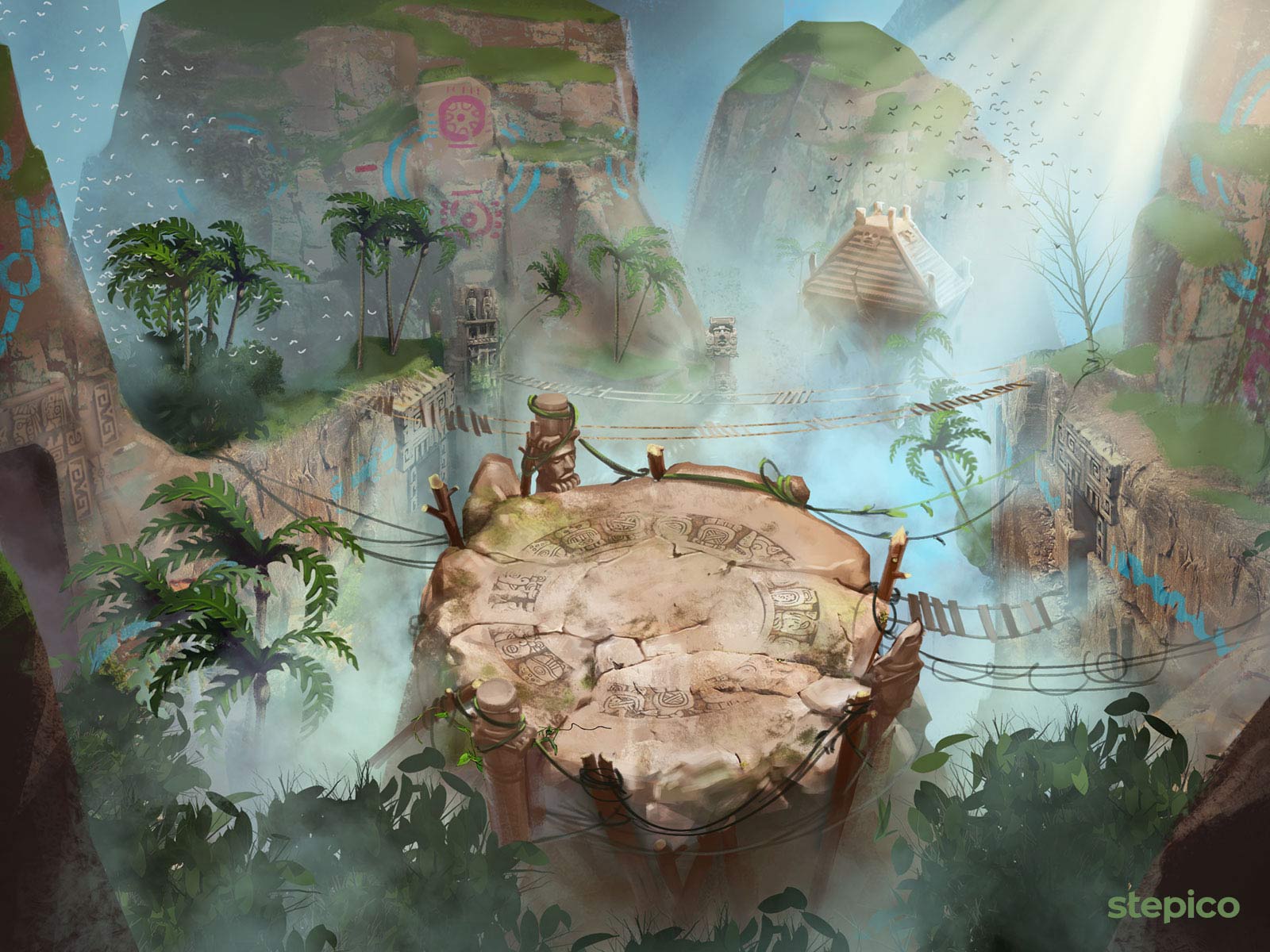
Prop Art
Decorated items, magic potions, and pieces of furniture are all examples of smaller objects known as props. Prop concept artists make sure that every little element of the setting is in synergy with the design concept of the game.
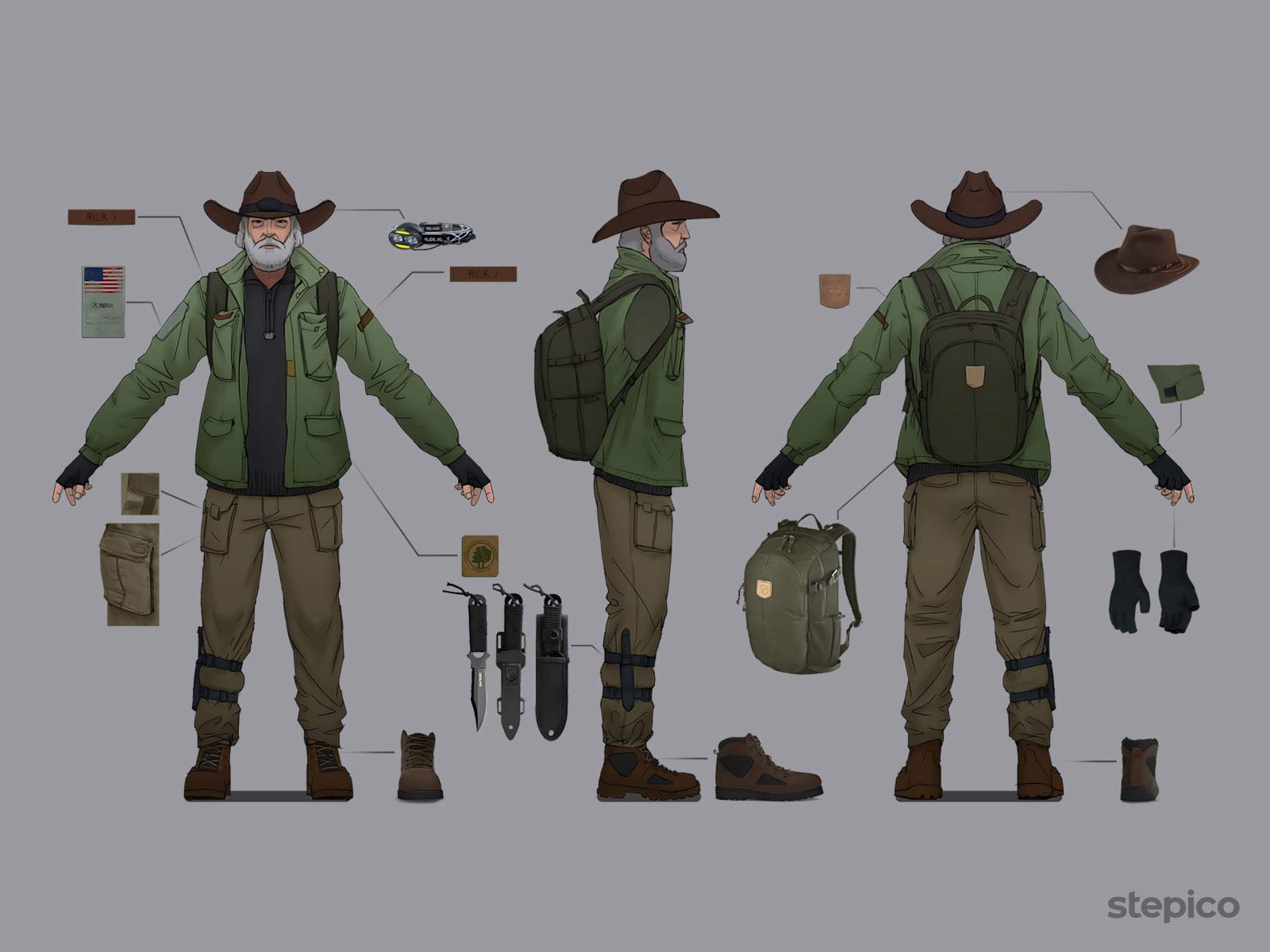
Equipment Art
Artists that draw weapons provide more information about the world where the action takes place. Also, the favorite protagonist’s armor or gear can say a lot about their traits and preferences, providing a more comprehensive feel to the final product.
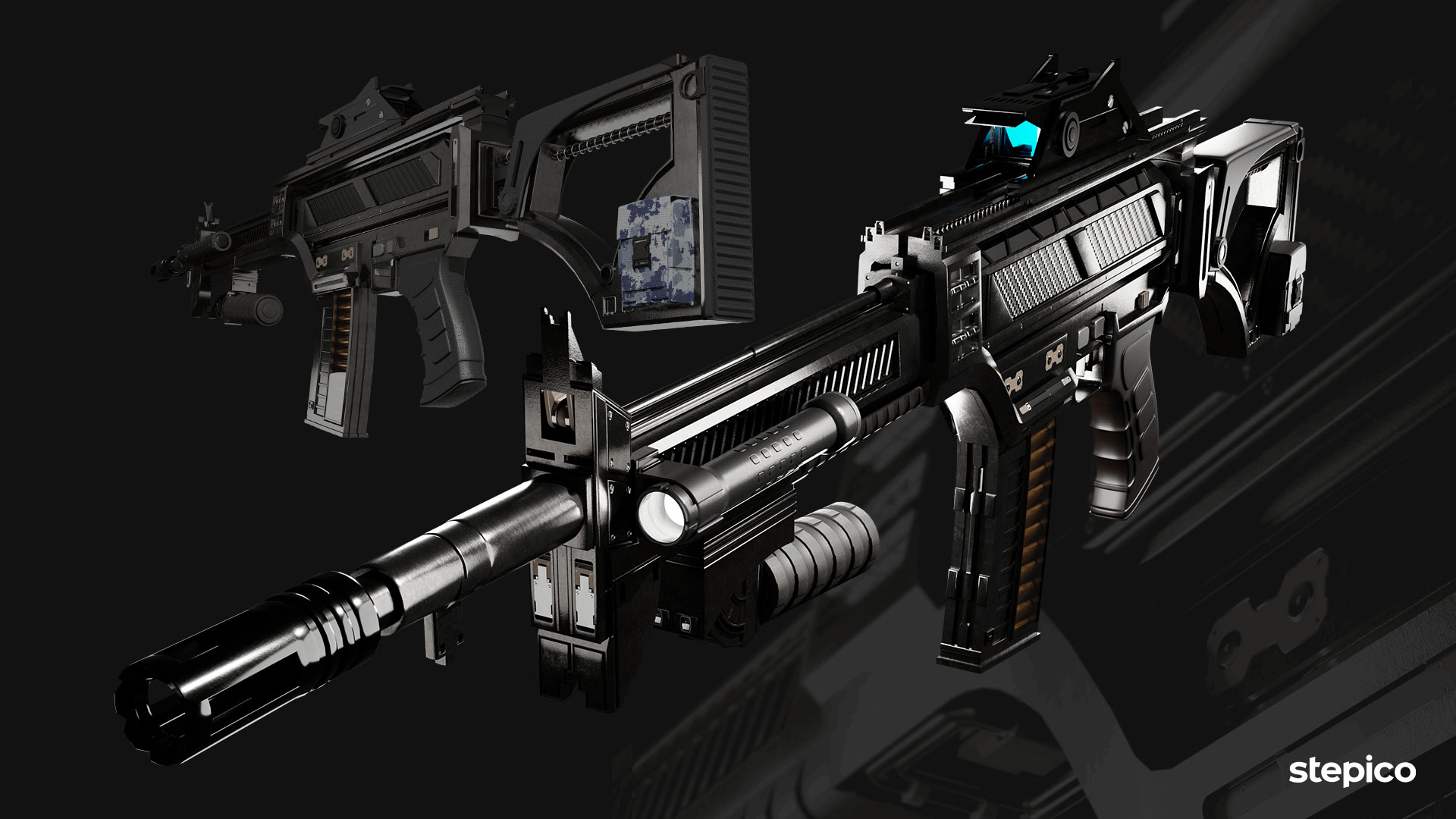
Who Are Concept Artists?
Similar to all other artists, concept artists haveare creative personalities and can think outside the box. They possess a keen eye for designs and visuals, although they usually specialize in a single element. While some create impressive characters, others add different backgrounds to those characters. Not many artists may be able to develop characters, props, and environments all at once.
Concept artists have become a crucial force in the large media industry of video games, board games, comics, etc. Some of the leading gaming studios across the world have real talents in their games concept art team.
The set of requirements can be quite different based on technology, budget, and deadline limitations. Throughout the creative process, concept artists collaborate with other specialists such as art directors, 3D modellers, designers, and developers.
Skills and responsibilities of a concept artist
To become a professional video game concept artist, it is necessary to master a wide range of fundamental art and drawing art skills. These include:
- Anatomy;
- Proportion;
- Texture;
- Lighting and shadow;
- Sketching;
- Digital drawing;
- Use of color, etc.
The average concept artist does not necessarily have a degree in art. But obtaining an academic degree is highly recommended to build and expand all of the above skills.
A good grasp of digital software packages is also a must when creating digital game design art. For instance, using Adobe applications contribute to creating captivating artwork.
In terms of soft skills, concept artists should be able to:
- Solve problems;
- Communicate clearly, both verbally and in writing;
- Work independently and within a team;
- Do thorough research, etc.
Concept artists are responsible for the initial sketches and designs, giving an overall look and feel of the fantasy world created by the design and production team. But it’s not all about sketching, coloring, and rendering. Concept artists have even more responsibilities to handle, like:
- Researching architecture, people, scenes, and more to use for drawings;
- Creating a visual representation of particular moods within a video game;
- Giving context and direction to the production team;
- Representing video game characters’ personalities, backgrounds and behaviors;
- Checking feedback and updating designs to meet public demands.
Conclusion
Video game concept art helps players get lost in magical, dramatic, and often captivating worlds. To create dynamic and cohesive visuals, concept artists use their in-depth understanding of both art and game design. So when you require artwork and concepts for your next game, hire a professional team that can take care of the entire project. Make sure your game feels polished and complete to even the most demanding gamer.
Stepico can provide expert concept art services as well as cover the entire game art and development process for you. Having created more than 65 successful titles, we know how to transform your idea into a beautiful game. Let’s talk!
